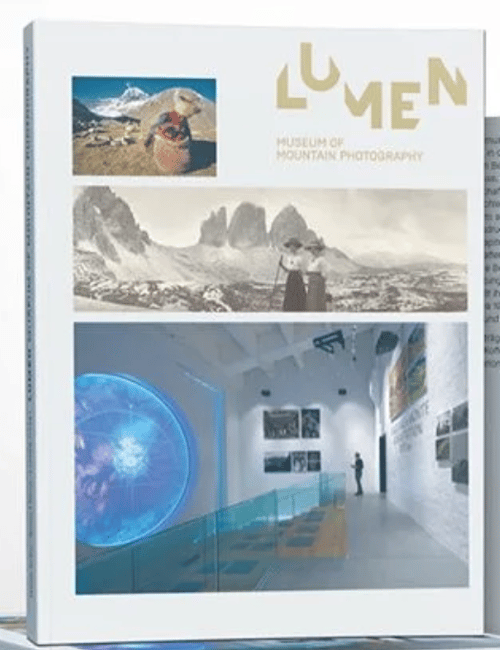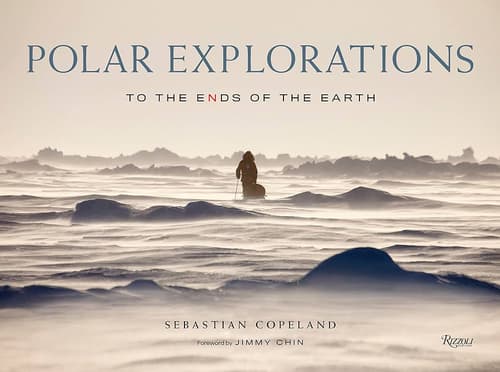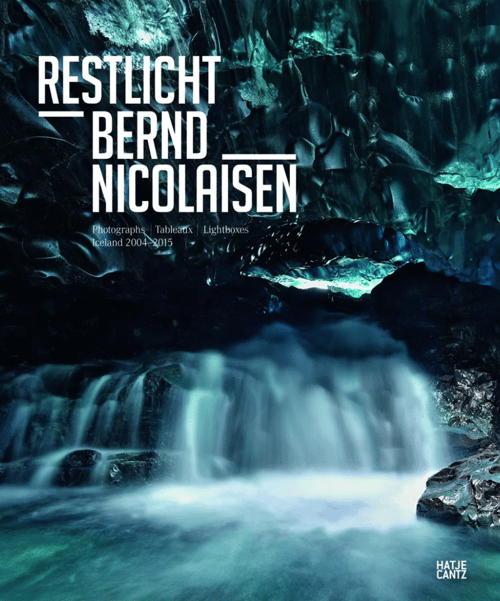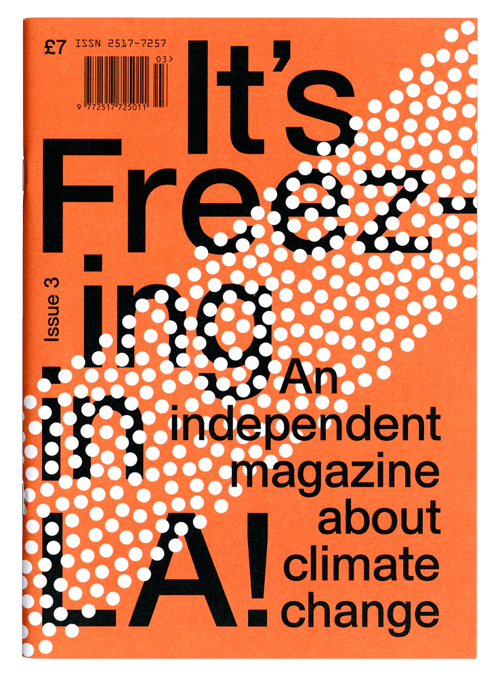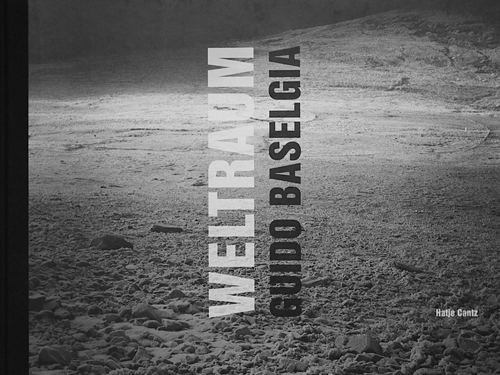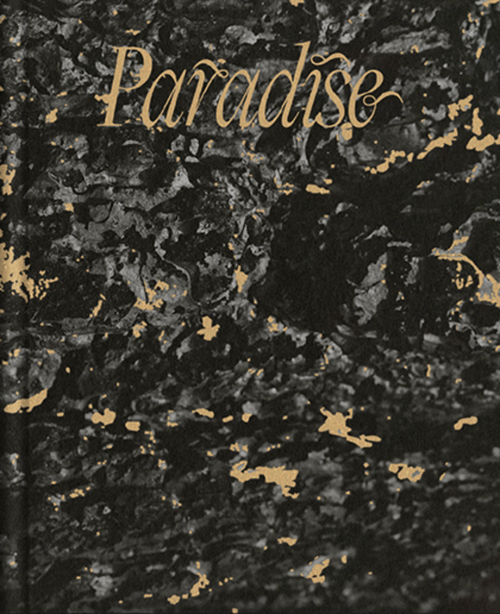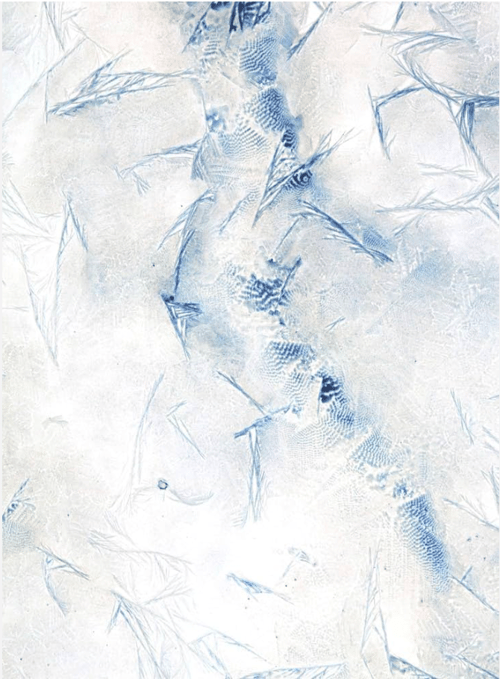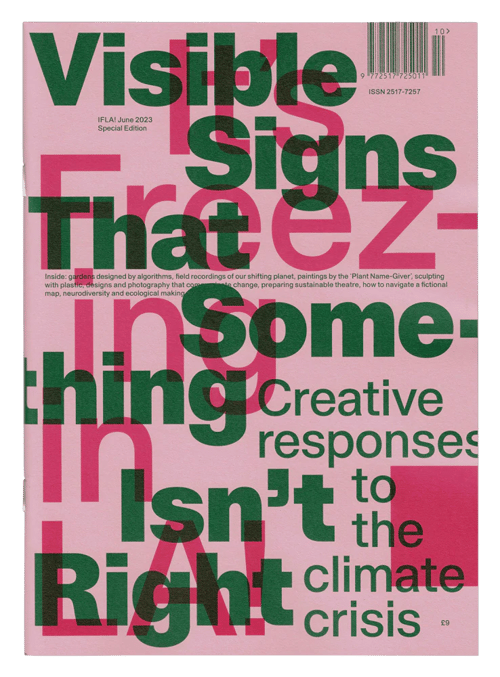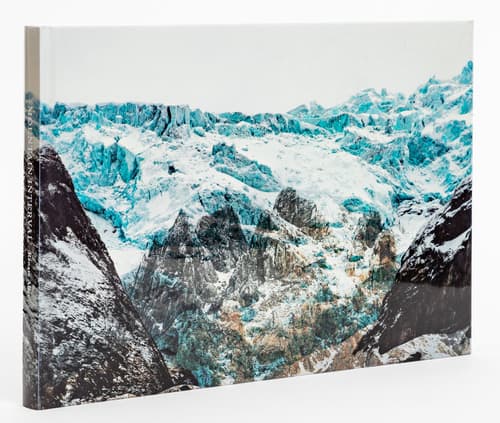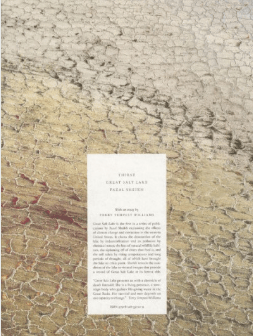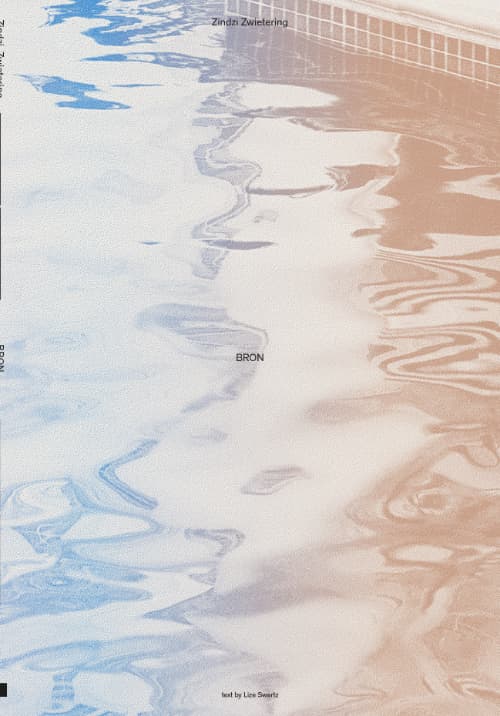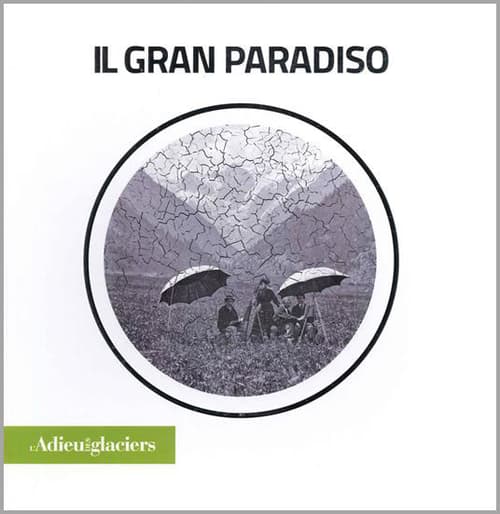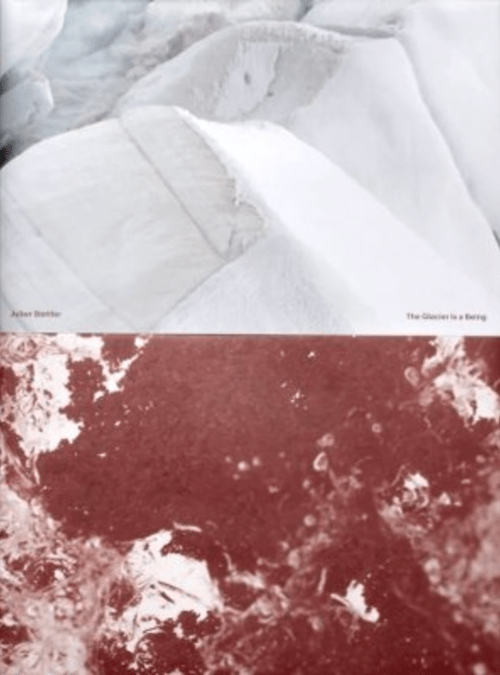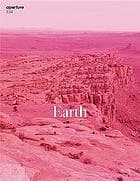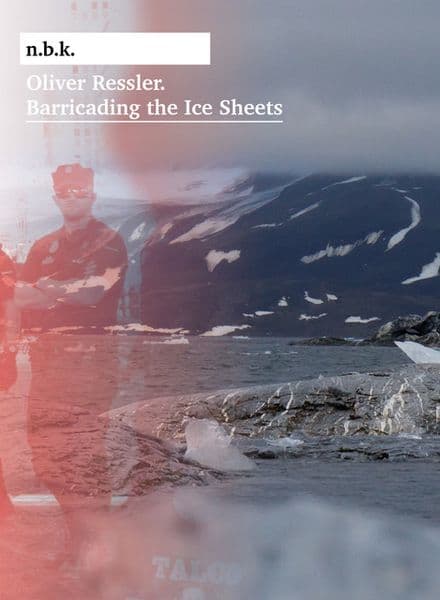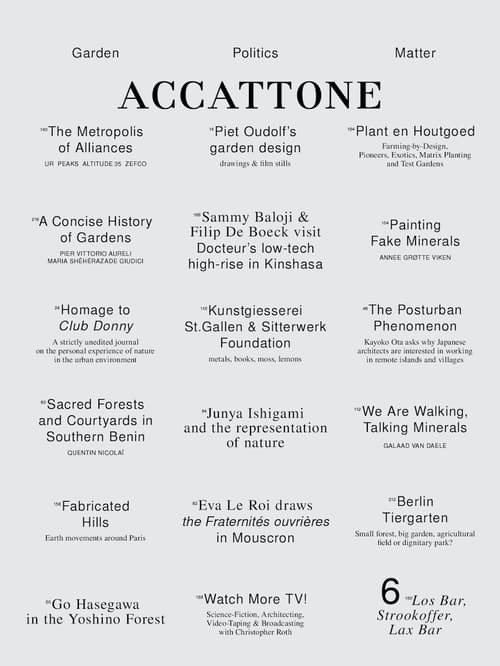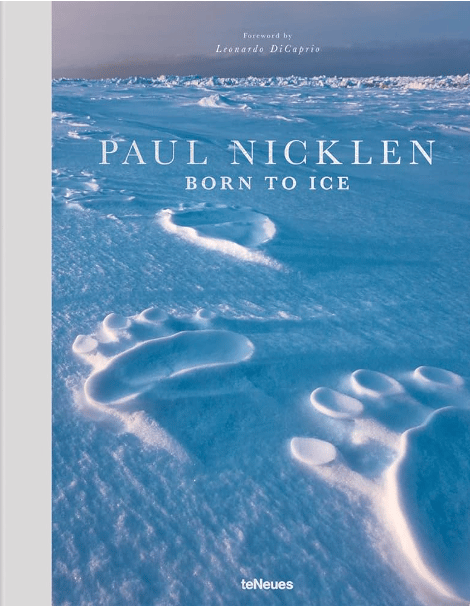Publisher Note
Melt is the second in a series of three books on climate change. Although it is primarily about sea-level rise due to climate change, it is also a conversation with two different generative artificial intelligence entities, ChatGPT 3.5 and DALL-E, both from OpenAI: one generates the text, the other the pictures. What results is an unsettling combination of wisdom from an artificial human creation talking into the void as the ice melts and sea-levels rise.
The book is housed in a hinged metal case with a clear window, a tongue-in-cheek device protecting the book from water coming from melting ice. All of the “photos” of calving and melting icebergs were produced by using the generative AI app ‘DALL-E’, from OpenAI. (The exception is the flip book images of ice melting in a glass which were derived from a stop-motion video that was taken on a 114 degree day in Tucson Arizona.) The Robert Frost text, the rather bad fake “Charles Bukowski” poem, and almost all other text are from queries to ChatGPT 3.5, also an app from OpenAI, the generative AI text resource. I included the prompts as some of the text for the book. ChatGPT 3.5 was used since I started working on the book in December 2022, and ChatGPT 4 was not released until March of 2023.
The map images were scans of some cast-off University of Arizona Geography Department maps that Karen Zimmermann salvaged before they were thrown out.
The maps on the right side of each spread were meant to be a counterpoint to the images of ice and water on the left. I do not currently live near the ocean or any body of water, but we will all suffer from the effects of climate change, and our most direct change here in the southwest where I live will be heat and drought...so completely different from sea-level rise but in a way complimentary and from the very same reasons. I wanted to have both worlds there on each spread, like two sides of the same coin.
The maps are all from very hot locations, Arizona, Mexico and parts of central Africa. I wasn’t so interested in the exact location but more the patterns and cartographic marks. Most important was the progression of the way the landscape became visually overwhelmed by heat, getting redder and hotter incrementally as the book progresses and the ice melts on the opposite page of each spread.
I have used a number of time elements throughout, not just by using the flip book of the melting ice. The background map images get warmer and warmer as the book progresses, as I mentioned. On the far left is a scale showing the rise in sea-level and the point at which each coastal city is overwhelmed, according to a Google-Generative AI beta-test module called SearchLabs. I assume that it is correct, although I know that AI is not always to be trusted.
Below the melting-ice flip book is a short flip-sequence with a snorkeler, who disappears as the flip-action progresses. I am a big aficionado of snorkeling, something that will disappear with sea-level rise since most shorelines (and fish and coral life) will all be completely overcome. On a recent trip to Costa Rica, we were scheduled to go out on a boat to do some snorkeling on a reef offshore. Because of shifting currents that were unusual for that time of the year, (and blamed on shifts caused by climate change,) the water was very cloudy and did not allow for snorkeling because of extreme low visibility.
The poem/song lyrics that runs though some of the book, A Life on the Ocean Wave, was written first as a poem by an American, Epes Sargent, on the Battery in lower Manhattan in 1838, at the dawn of the Industrial Revolution. That social movement helped start the greenhouse effect that contributes to climate change. A British friend of Sargent’s wrote music to accompany the poem shortly after. It became famous later as the iconic Regimental March of His Majesty’s Royal Marines. It seemed to contribute a note of irony that is, I hope, not too overwhelming.
| Publisher | |
|---|---|
| Release Place | Tucson, AZ, United States of America |
| Edition | 1st edition |
| Release Date | 2023 |
| Credits |
Writer:
Artist:
|
| Printrun | 175 |
| Identifiers |
ISBN-13:
978-1-63752-170-0
|
| Inscription | numbered, signed |
| Work | |
|---|---|
| Subform | Photobook |
| Topics | Climate Change, Glaciers, Ice |
| Methods | Photography |
| Language | English |
| Object | |
|---|---|
| Format | Softcover in metal case |
| Dimensions | 8.2 × 13.0 cm |
| Interior | |
|---|---|
| Pages | 200 |
featured in
Lost Ice: The Melting of Glaciers and Sea Ice

